Villagers de-mine Mukumbura
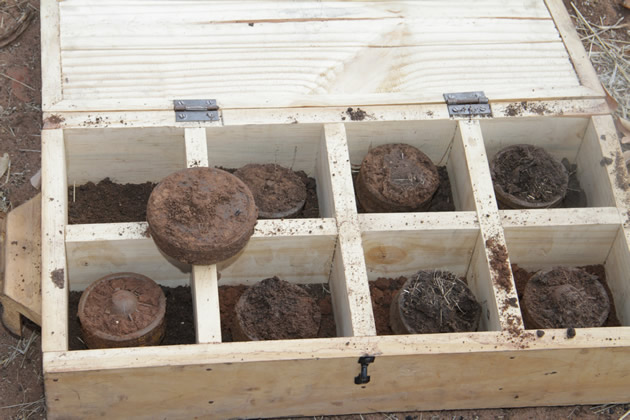
John Manzongo Features Writer
A vast expanse of Mukumbura, situated along Zimbabwe’s northern border, has remained a lethal minefield decades after the liberation struggle ended. Landmines sown by the Rhodesian forces to deter liberation fighters from crossing into Mozambique and back in the 1970s have continued to pose a menace to villagers and livestock.
Villagers have been barred from roaming freely in the area for fear that residues of war could claim life and limp without warning.
They used to forfeit stray livestock and could not fetch firewood and water or herd their livestock freely in the dread area.
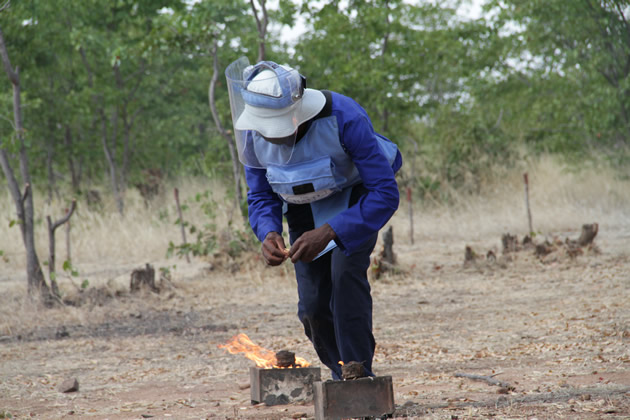
Halo Trust Operations manager Mr Michael Madziva burning retrieved landmines in Mukumbura on Thursday
All that is set to be a thing of the past as villagers are now ridding the area of landmines to enable free movement.
The villagers have teamed up with Halo Trust, a non-governmental organisation which signed a Memorandum of Understanding with the Government in 2012, authorising it to survey and clear the country’s longest mine-belt.
Barely seven months since the de-mining exercise commenced in November last year, the villagers have already unearthed more than 1 000 landmines.
The landmine belt lines Zimbabwe’s border with Mozambique and extends for 335km from Musengezi to Rwenya, traversing major border towns including Mukumbura and Nyamapanda.
Rhodesian forces planted the landmines at a reported concentration of 5 500 landmines per kilometer, thereby creating one of the longest and densest minefields in the world.
Halo Trust decided to economically empower villagers under Chief Chiswitethe by employing them for the exercise.
The organisation first trained villagers on how to safely remove the landmines. Now they have been equipped to earn a living out of the landmines which have long impeded development in their area.
When we arrived at the demining site, Halo Trust officials warned us to stick to the safety tracks, failure of which our lives were in jeopardy.
It was a marvel to see the villagers removing the landmines safely and easily as if they were the ones who had planted them.
Halo Trust operations manager Michael Madziva said their operations were an overdue relief to the local community.
“We have brought relief to the people here because for long they have been living in fear of their lives and their livestock.
“ Our plan is to de-mine this whole area if resources permit.
“We have cleared more than 1 000 landmines since November last year. We are currently removing landmines at a rate of 30 per day,” Madziva said.
Madziva said the landmines are a mixed range, namely M969 made in Portugal, R2M2 made in South Africa, VS50 made in Italy and Ploughshare made in South Africa.
“The de-miners are so determined to clear the landmines because this is their area, it is their home and they have suffered a lot because of these mines.
“They have lost their livestock and limbs and some even died after stepping on landmines, hence their drive to clear up their land.
“They start work around 6am and they work in eleven shifts which are 30 minutes long so as to make sure that they keep concentrating. They break for 10 minutes after every shift,” he said.
The landmines were planted in “diamond format.” There are two rows, with one planted in a straight line and reinforced with ploughshare landmines tied to trip wires.
They were planted in that manner so that if freedom fighters managed to pass the first row, they would not survive the second row and the ploughshares.
One of the de-miners, Jealous Butau, expressed pride and contentment in being of service to his community.
“When I heard about this project I did not even hesitate to join the team and after one month of intensive training we went to the field.
“My first day was the hardest because I was not sure whether I would make it, but after encountering and being able to remove my first landmine, I mustered the confidence necessary for the task,” he said.
Kapfudza Primary school headmaster Edwin Muzondo whose school is adjacent to the minefield, hailed Halo Trust, saying the clearing of the landmines would go a long way in saving lives of people and livestock.
“We are elated over this noble project. Previously, we prevented loss of lives because we have a culture that no pupil is allowed to cross the road to the minefield.
“Even new teachers are briefed upon arrival here. It does not matter whether it is in the middle of the night; I wake up and caution them,” he said.
Muzondo said Halo Trust had also created employment for the locals who were now able to pay school fees without challenges. If resources permit, Mr Madziva said the de-mining operations would go for the next 10 years.



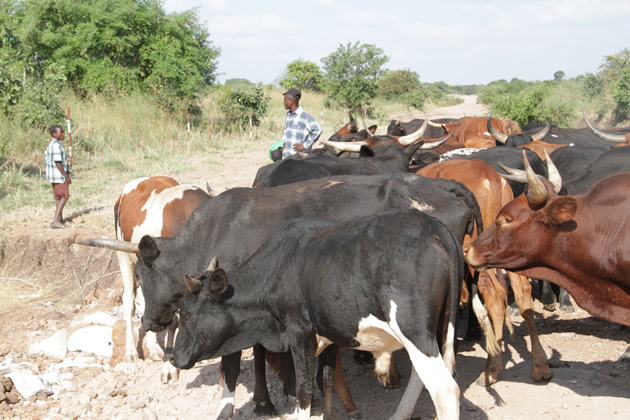

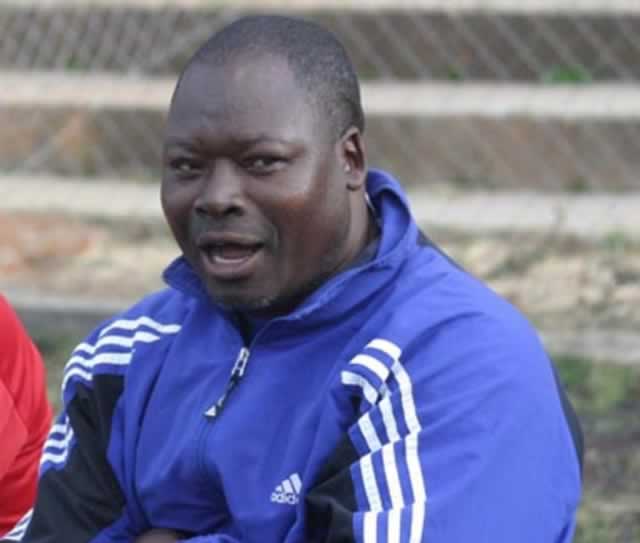
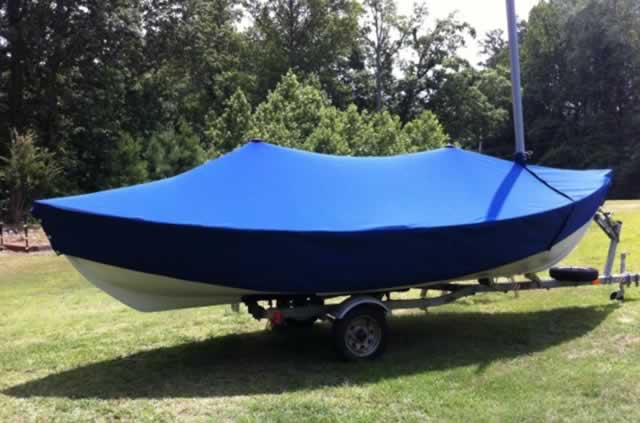




Comments